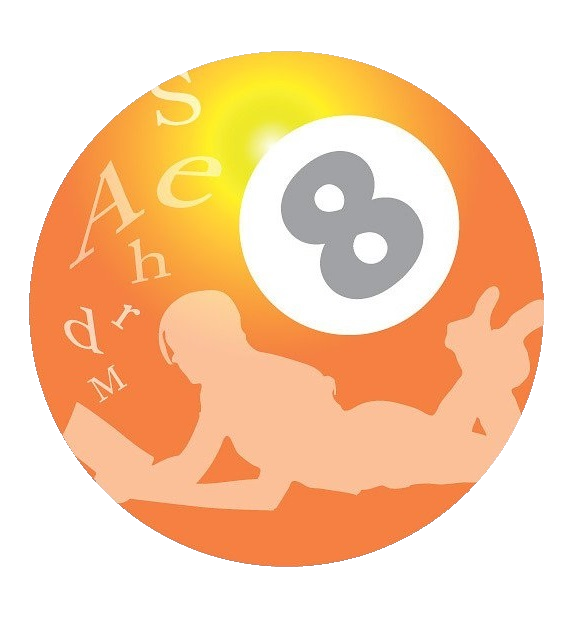Reading strategies

Bessemerbiblioteket
Previewing
Take a few moments before reading a text
to preview it, this can help you to tackle
difficult or lengthy texts.
This you can do by Skimming (skumläsa)
you try to find out information about the text beforehand.
Previewing
Same strategy as watching a movie preview
where you gain information about wether the movie is worth 2 hours of your precious life.
You can infer information about a text:
What's the genre? Type of text?
What is the overall tone?
What kind of person is it written for?
Skimming or scanning a text
Skimming and scanning are reading strategies where you use rapid eye movements to find key words in a text.
When you skim a text you read it rapidly to get the general overview of the material.
When you scan you look for specific facts.
Skimming
Skimming a text is great to do while previewing (reading before you read) and also reviewing (reading after you have read).
When you skim you are looking for the main ideas, deliberately skipping parts of the text that contain detail.
Skimming
Skimming might determine in fact if you need to read the text at all - if you can deduce that the text does not contain what you need you can skip it altogether.
Skimming is NOT just letting the text flip by or zoom past as you pay no attention.
It requires focus.
Scanning
Scanning is something that you can do with your eyes, but when it comes to text online
you can use the Ctrl + F button to scan the text for you.
Say that you are only interested in a text about car accidents if the word "seat belt" occurs in it.
Scanning
Ctrl
F
Press Ctrl + F on your keyboard, a box where you can type the word "seat belt", for instance, will pop up.
It will highlight your search words thus saving you time scanning the document occularly.
So, here are a few tips for previewing and using skimming and scanning.
Look at the topic of the paper
Look at the Table of contents
Read the entire first paragraph
Look for parts that are in bold or in italics
Look for chapter summaries
Inference reading
To infer something - använda slutledningsförmåga.
To infer something is to use what you know to make a guess at what you do not know,
something we call "reading between the lines".
The information might not actually be written down so you have to use what you know or can deduce from the clues in the text or the webpage.
George - the saint
A man called George woke up with
a wicked smile on his handsome face.
He stood up and walked over to the hallway mirror. Wincing he unspooled the medical gauze that was wrapped around his head and examined the nasty bump on his forehad. He touched it carefully, ouch!
He walked the same street to work every day and thought he knew every twist and turn, but he had not seen that lamp post!
As he set out for the day, as per usual ,people greeted him cheerfully: "Hallo, George!" "Nice day we are having!"
George shook his head, such fools, It was a miserable day!
In fact on his way to work he had already kicked a puppy, stolen a lollipop from a child and pushed a granny into oncoming traffic just because she was blocking his way.
Inference reading
"George - the saint?"
What can we infer about George from reading the text?
Intensive reading
After the skimming and scanning you shift to intensive reading or in depth reading.
You have decided that this text suits you and you understand the layout/main ideas of the text.
Now you slow down the speed of reading and you read every word of the text.
Intensive reading
Use a highlighter, paper or pen, keep a dictionary handy.
Now you are reading to find the details
with your aim in mind.
Look up words you do not understand.
Think about how the text is structured and collocated.
What is the author trying to convey?
Reviewing - reading strategy
Reviewing is to revisit a text you have read by refreshing your memory. Now you can use Skim - skumläsning once again.
Check the main points - read your notes or the parts you highlighted.
Try to recall what conclusions you made the first time you read it.
Does new questions arise?